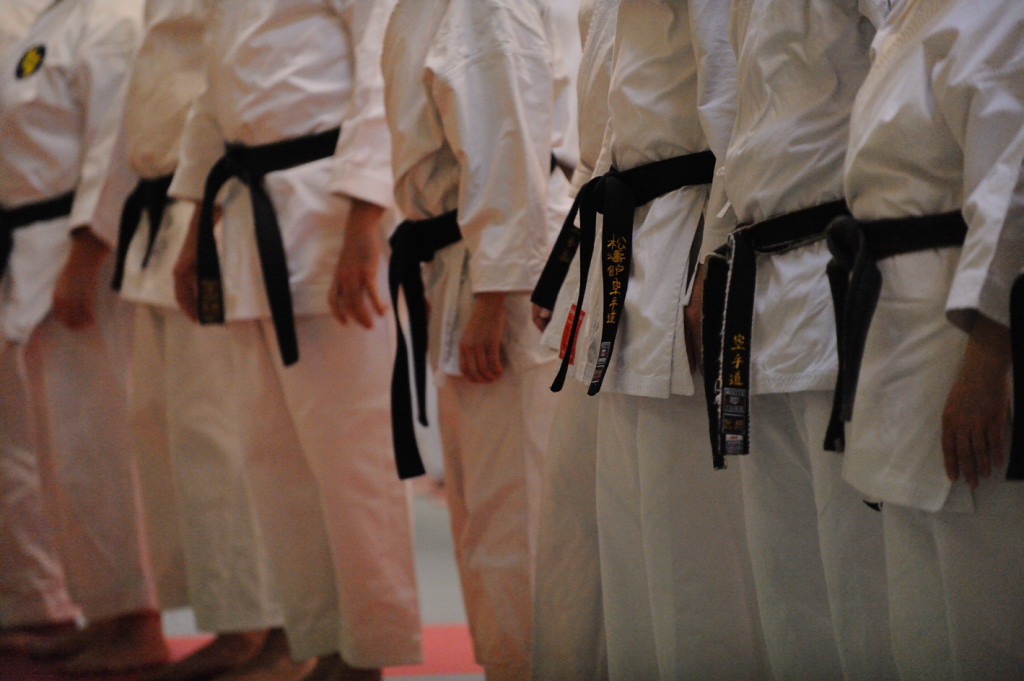Reaching the level of black belt in karate is a great achievement that requires many years of dedication, practice and learning. However, earning a black belt is not the end of the journey, but rather a milestone on the road to karate excellence.
The black belt is generally associated with the “Shodan” level, which literally means “first level”. This is the first stage of the “Dan” grading system in karate and other traditional Japanese martial arts. This grading system continues beyond Shodan, offering practitioners the opportunity to continue progressing and developing even after they’ve achieved the black belt level.
Here’s an overview of the different Dan levels:
- Shodan (1st Dan): This is the first level of black belt. It indicates that the student has a solid understanding of the basics of karate and is able to demonstrate skill and technique in the practice of kata, kumite and kihon.
- Nidan (2nd Dan): At this level, students continue to develop and refine their karate skills. They must demonstrate a thorough understanding of karate, including more advanced knowledge of kata, kumite and kihon.
- Sandan (3rd Dan): The Sandan level is reached after many more years of dedicated practice. By this stage, the student has often begun to take on a leadership role within his or her dojo, helping to teach and guide lower-level students.
- Yondan (4th Dan) to Godan (5th Dan): These levels represent a high degree of karate expertise. Students who reach these levels have demonstrated exceptional mastery of karate and usually have years of teaching experience.
- Rokudan (6th Dan) to Judan (10th Dan): These levels are the highest in the Dan ranking system. They are often reserved for the most experienced and accomplished karate masters. Achieving these levels requires decades of dedicated practice and a significant contribution to the art of karate.
It’s important to note that the Dan rating system is not just a measure of technical competence. It also takes into account factors such as attitude, character, teaching, and contribution to the karate community.
Ultimately, each Dan level represents a stage in the student’s karate journey. The journey never really ends, because there’s always more to learn and discover in the art of karate.


